The art of brewing green tea lies in choosing appropriate techniques based on tea characteristics. The delicate, downy Biluochun and the stretch Huangshan Maofeng correspond to the classic applications of top-pouring and middle-pouring methods respectively. This article focuses on these two core brewing methods, detailing utensil selection, water temperature control, operation steps, and tasting points to help you master the "tea-specific brewing" approach for green tea.
1. Classification of Green Tea Brewing Methods: Technique Logic Based on Tea Type
(1) Three Major Brewing Method Systems
Top-pouring method: Pour water first, then add tea. Suitable for extremely tender, lightweight tea leaves with abundant downy hairs (such as Biluochun), avoiding downy hair loss and soup turbidity caused by water flow impact;
Middle-pouring method: Pour 1/3 water first, add tea to moisten, then fill with water. Suitable for moderately tender, stretch tea leaves (such as Huangshan Maofeng), balancing the rhythm of awakening and release;
Bottom-pouring method: Add tea first, then pour water. Suitable for harder, heavier tea leaves (such as West Lake Longjing), facilitating uniform heating of tea leaves.

2. Brewing Biluochun: Ultimate Application of Top-Pouring Method
(1) Core Characteristics of Biluochun
Understanding Biluochun's characteristics is the basis for understanding the necessity of the top-pouring method:
Appearance features: Dry tea is curled into spiral shapes, with silver-white color tinged with emerald green, covered with fine downy hairs (downy hairs are important carriers of amino acids, endowing the tea with fresh taste and fragrance);
Raw material characteristics: Optimal with one bud and one leaf at early unfolding stage, the tender buds are fragile and easily damaged by high temperature or violent impact, leading to excessive release of tea polyphenols and astringent taste;
Flavor foundation: Relies on the fragrance and sweetness brought by downy hairs. If a large amount of downy hair falls off, not only will the soup color be turbid, but the flavor will also be greatly reduced.
(2) Utensil Selection: Dual Value of Glassware in "Watch and Downy Protection"
Watch needs: The transparent nature of glass can intuitively present the beauty of Biluochun's "snow waves and fragrance" — tea leaves slowly unfold in water, downy hairs float like snowflakes, and finally form a "light green and clear" tea soup;
Downy protection and turbidity prevention: Glass has a smooth surface, not easy to adsorb downy hairs, and the lidless design avoids downy hair aggregation caused by Stuffy,
Temperature control advantage: Glass conducts heat quickly, facilitating observation of water temperature changes, avoiding high temperature damage to tender buds (Biluochun is extremely sensitive to water temperature).
Disabling suggestion: Avoid using purple clay pots, gaiwan, and other lidded or rough inner wall utensils to prevent downy hair retention and soup turbidity.(3) Steps of Top-Pouring Method: Gentle Brewing Philosophy
Cup warming: Dual preparation of preheating and cleaning
Operation points: Pour a small amount of hot water (about 1/3 cup) into the glass, rotate the cup slowly to ensure hot water evenly wets the cup wall, pour out water after 30 seconds;
Core function: Raise the cup temperature to avoid subsequent cold water reducing water temperature; simultaneously clean cup wall impurities to ensure pure tea soup.
Water injection and temperature setting: Strict low-temperature control
Temperature standard: Recommended water temperature is 30-70℃ (adjustable according to personal taste, choose lower temperature for freshness, higher for stronger aroma, but not exceeding 70℃ at maximum);
Cooling skills: If using boiling water, quickly cool it through the "fairness cup alternating pouring method" — pour boiling water into the first fairness cup, then slowly pour along the cup wall into the second fairness cup, repeat 1-2 times, using cup wall heat dissipation to reduce water temperature to the target range;
Water injection points: First pour water to 70% of the cup, wait for the water surface to calm and heat to dissipate before adding tea (avoiding high water temperature scalding buds).
Tea addition: Key to downy protection by gentle placement
Tea amount: Add 2-3 grams of tea to a 150-200ml glass (about a small handful, suitable if it can float naturally after adding);
Operation essentials: Gently hold the tea with a teaspoon, slowly place it on the water surface, avoid direct throwing causing tea to sink to the bottom or roll violently (downy hairs easily fall off due to collision);
Standing and unfolding: Tea leaves will first float on the water surface, gradually absorb water and expand, and slowly sink after about 1-2 minutes, at which time the tea soup gradually turns light green and transparent.
Tasting and color observation: Three steps to perceive flavor layers
Color observation: Appreciate the clarity and transparency of the tea soup and the uniform suspension of downy hairs. High-quality Biluochun should present a "light green with yellow, clear to the bottom" soup color;
Smelling aroma: Gently shake the cup to feel the fresh floral and fruity aroma (such as chestnut and orchid fragrance), with the fresh fragrance of downy hairs as the core feature;
Tasting: Sip in small mouthfuls, allowing the tea soup to fully contact the tip of the tongue (perceiving sweetness) and the tongue surface (perceiving freshness). High-quality Biluochun will have obvious aftertaste in the throat without astringency.
3. Brewing Biluochun with Fairness Cup: Advanced Temperature Control and Watch Skills
(1) Selection and Advantages of Fairness Cup
Utensil characteristics: Choose a glass fairness cup with thin walls and a wide mouth (fast heat dissipation, convenient for observation), prepare two identical fairness cups for alternating use;
Core advantages: Achieve rapid cooling through cup-to-cup pouring (more precise than natural cooling), and the dual-cup operation facilitates comparing flavor differences under different water temperatures;
Turbidity prevention effect: The gentle water flow of the fairness cup can reduce tea rolling, making it easier to maintain clear tea soup than direct cup brewing.
(2) Key Steps of Dual-Cup Brewing
First pour hot water into the first fairness cup, let stand for 10 seconds for initial heat dissipation;
Slowly pour water into the second fairness cup along the cup wall (avoiding water flow impact to generate bubbles);
Repeat pouring 1-2 times, measure water temperature to 30-70℃ with a thermometer (without a thermometer, judge by hand feeling: slightly warm but not hot);
Pour the temperature-adjusted water into the glass to 70% full, add tea after the water surface calms;
Observe the "dancing" process of tea leaves in water, and it can be served after about 2 minutes.

4. Brewing Huangshan Maofeng: Balanced Approach of Middle-Pouring Method
(1) Characteristics of Huangshan Maofeng and Adaptability to Middle-Pouring Method
Appearance features: Dry tea is flat and sparrow tongue-shaped, with stretch leaves connected to buds, light greenish-yellow color, and less but evenly distributed downy hairs than Biluochun;
Raw material characteristics: One bud and one leaf or one bud and two leaves, moderately tender, with certain toughness in leaves, requiring moderate moistening to fully unfold;
Flavor needs: The aroma is mainly orchid-like, with mellow and sweet aftertaste taste, needing to first awaken the aroma through moistening, then release the taste through water injection, which the middle-pouring method just meets.
(2) Core Steps of Middle-Pouring Method
Cup warming and water injection: After warming the glass, pour 1/3 volume of 70-80℃ hot water (higher than Biluochun, as leaves are slightly harder and need higher temperature to awaken);
Tea addition and moistening: Add tea at a ratio of 3 grams/150ml, gently shake the cup to make tea leaves evenly absorb water, let stand for 30 seconds (the moistening process is similar to "awakening tea", allowing leaves to initially unfold);
Secondary water injection: Slowly pour hot water along the cup wall to 80% full, the water flow needs to be gentle to avoid impacting tea leaves, at this time you can see leaves "standing and unfolding", and the tea soup gradually turns light green;
Tasting timing: Drink after standing for 1-2 minutes, feel the fresh fragrance and freshness in the first two infusions, and experience the aftertaste and mellowness in subsequent infusions.
5. Common Points of Green Tea Brewing: Temperature, Utensils, and Operation Specifications
(1) Underlying Logic of Temperature Control
Biluochun: 30-70℃ (most sensitive, high temperature easily causes bud ripening and downy hair loss);
Huangshan Maofeng: 70-80℃ (leaves are slightly harder, need higher temperature to stimulate aroma);
Cooling skills: In addition to the fairness cup alternating method, "water injection height control" can also be used — high pouring for high-temperature water to dissipate heat, low pouring for low-temperature water to keep warm.
(2) Operation Taboos and Pitfall Avoidance Guide
Avoid direct impact: When adding tea in the top-pouring method, it needs to be gently placed on the water surface; when injecting water in the middle-pouring method, it needs to flow slowly along the wall to prevent tea leaves from rolling, causing downy hair loss or leaf damage;
Disable lidded utensils: Green tea aroma is volatile, and high-temperature Stuffy will cause yellow soup color and bitter taste, so glassware must be lidless;
Control tea amount: Green tea is better to drink lightly, too much tea easily makes it strong and astringent, 2-3 grams/cup for Biluochun and 3-4 grams/cup for Huangshan Maofeng are appropriate.
(3) Sensory Linkage in Tasting
Color observation: Biluochun is excellent with "light green and clear, uniform downy hairs"; Huangshan Maofeng is good with "yellowish-green and bright, stretch and complete leaves";
Smelling aroma: Biluochun highlights "floral and fruity fragrance + downy fragrance"; Huangshan Maofeng focuses on "orchid fragrance + chestnut fragrance", with fresh and impurity-free aroma;
Tasting: Fresh and sweet at the entrance, full taste in the middle section, lasting aftertaste after drinking, without obvious astringency or grassy taste.



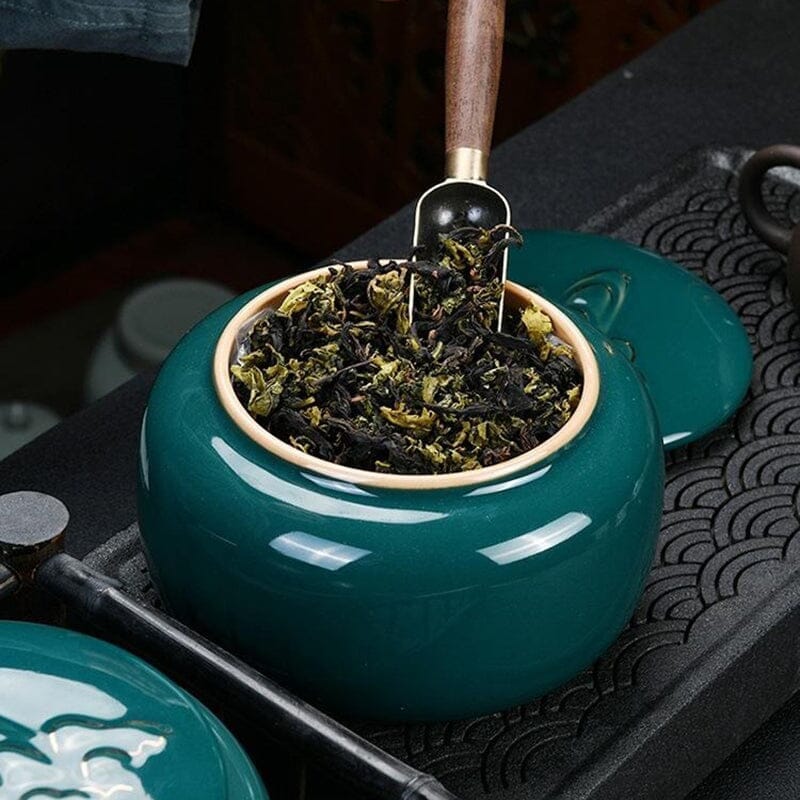
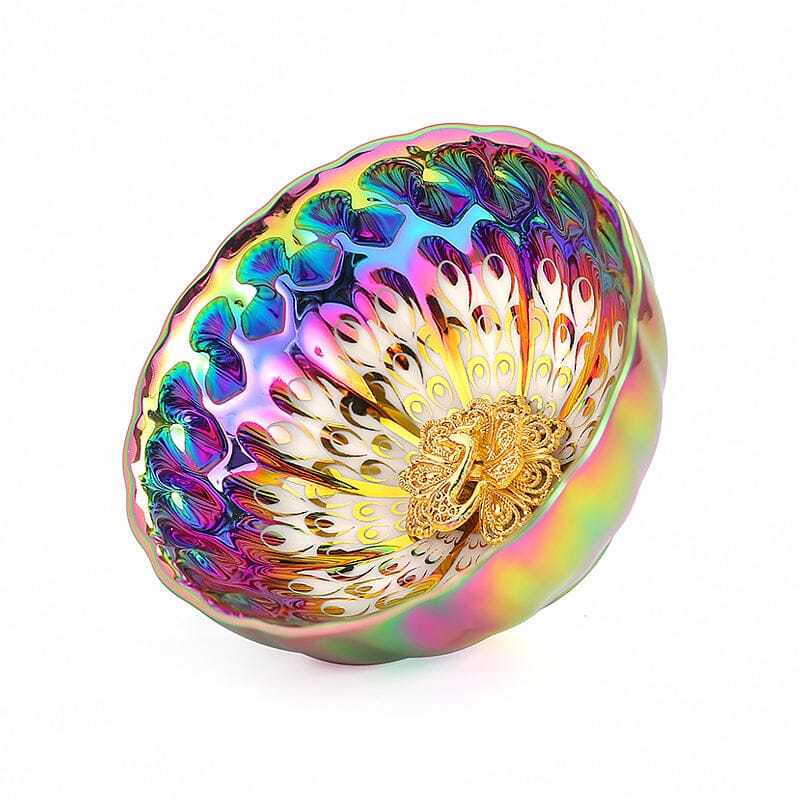


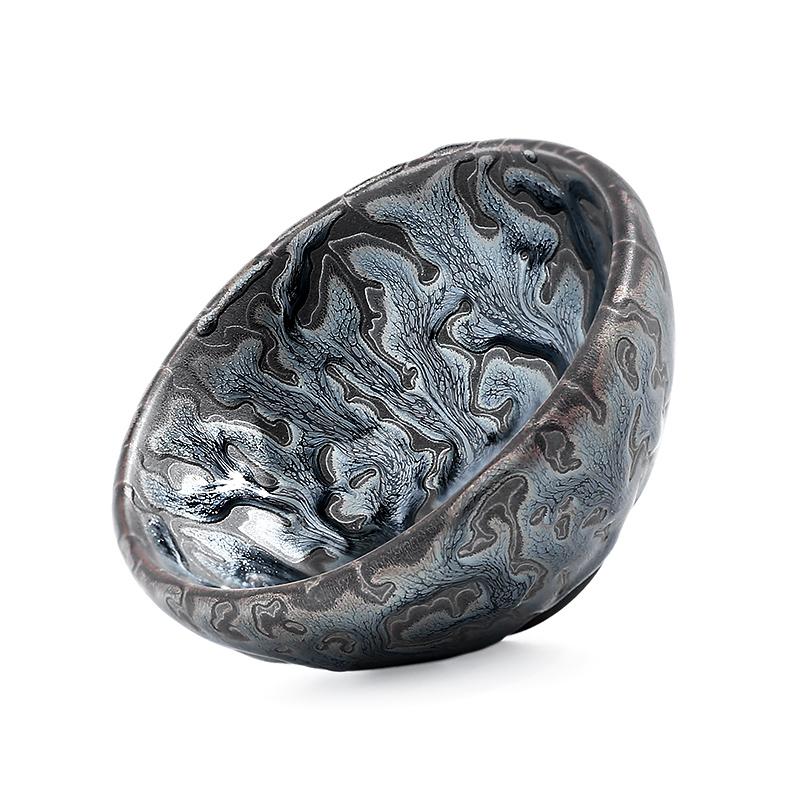
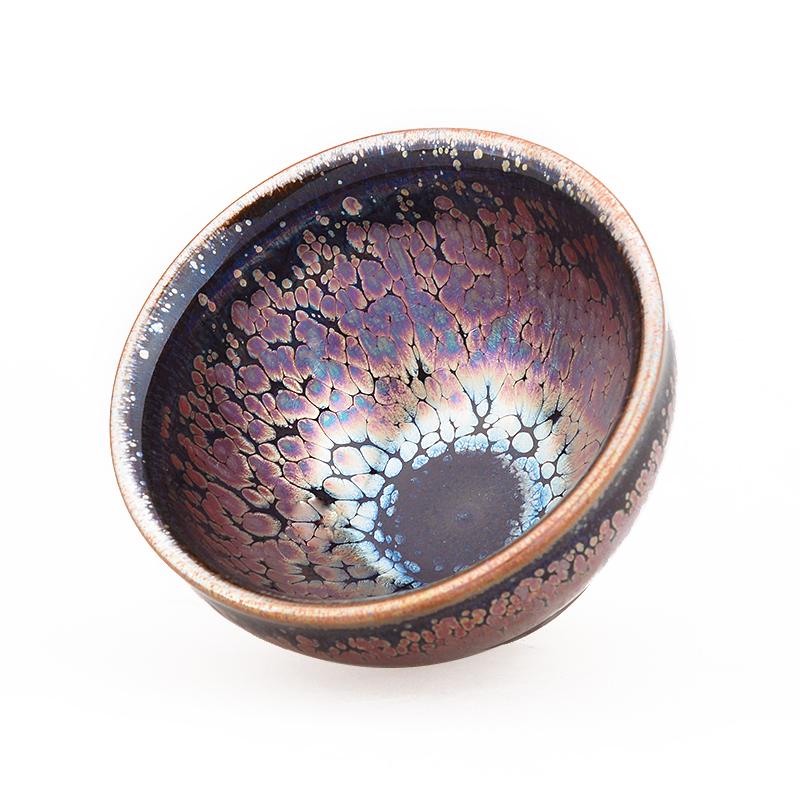
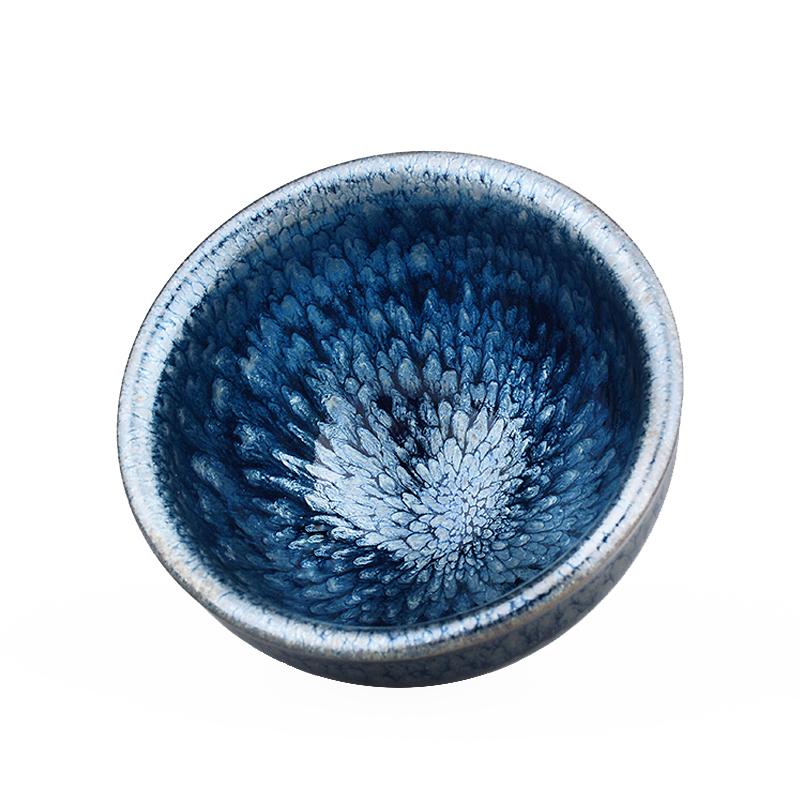
Compartir:
Brewing Green Tea – West Lake Longjing: An Elegant Guide from Technique to Tasting
Biluochun and Huangshan Maofeng (Part 2): Comparison of Advanced Techniques and Methods